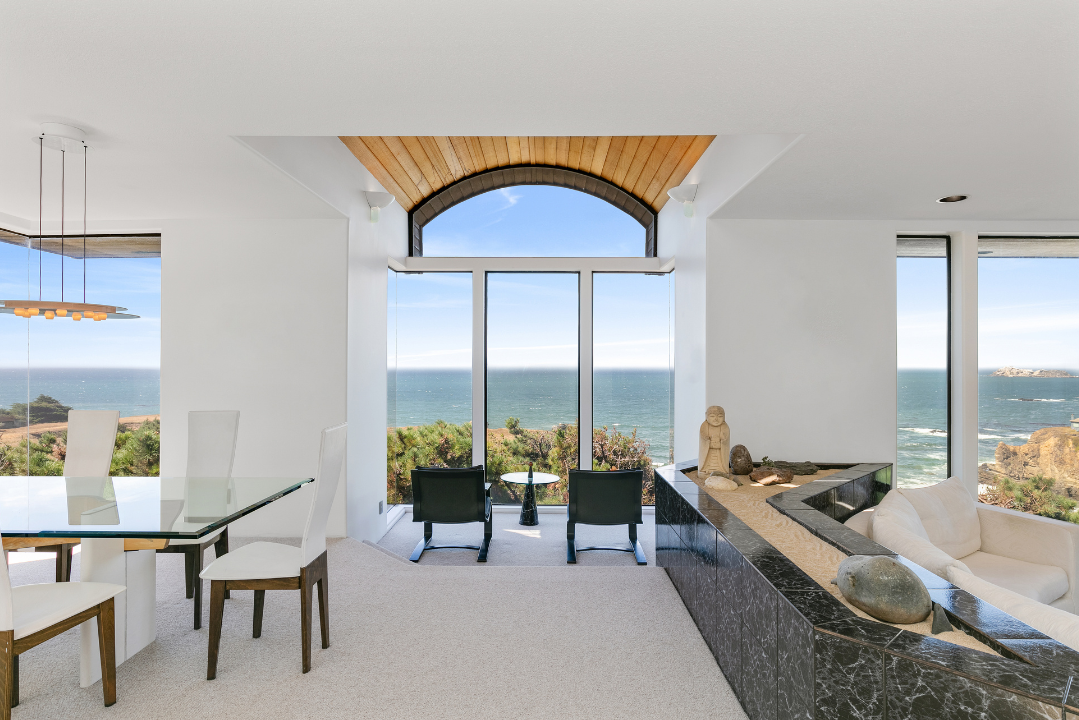
Design trends come and go each year, and it’s always an exciting undertaking for interior designers to explore the current and upcoming design themes for condos, townhouses and single-family homes. When we think about these trends, however, we often overlook architecture or building design and instead tend to focus on fun, non-structural elements such as colours, materials, textures and accessories.
What’s interesting about this is the fact that architectural trends are a key consideration for both the government and developers when it comes to constructing new homes.
“Guidelines are developed in collaboration with city staff, developers, planners, and architects,” says Melanie Doytchinova of Kirkor Architects & Planners, based out of Toronto, Ontario, and Calgary, Alberta. “These guidelines are essentially the new trends being set by the government with the intent to improve quality of life and provide a better mix of housing types to support people at different stages in life.”
What’s clear is our modern lives significantly impact the design of our homes and the unique architectural trends and designs we see emerging.
 Image via Bill Mead, Unsplash
Image via Bill Mead, UnsplashEco-friendly homes
With an ongoing emphasis on climate change awareness and sustainability, designing and building with the environment in mind remains a top priority for many builders and homeowners. Incorporating sustainable practices, techniques and materials in new builds—as well as updating older buildings—has become the new standard.
Homeowners are looking for something adaptable, affordable, and sustainable. As well as being good for the environment, eco-friendly designs often go hand-in-hand with long-term cost efficiency of our homes. Whether it’s through the use of solar panels, recycled house materials, water-efficient plumbing fixtures, insulation and air tightness, or being mindful of window and door selections for energy reduction, it seems there’s a conscious effort to support the planet. This effort is reinforced by the range of government-backed clean energy incentives and rebate programs in operation across the country.
Minimized window-to-wall ratios
Specifically, in relation to windows, Doytchinova mentions large windows are a “trend we’ll be moving away from” as there are guidelines related to sustainability minimizing window-to-wall ratios in order to make new construction more energy efficient. “We’ll start seeing the trend of the ‘glass towers’ move more and more into solid wall construction with punched-in windows,” she suggests.
Despite the aesthetic appeal of large windows and the uplifting psychological effect they have on us when natural light floods through them and brightens up our homes, energy efficiency also needs to be taken into account. When coupled with the known fact that windows are (usually) the main cause of energy loss in our homes, it becomes clear why minimizing the window-to-wall ratio helps to reduce energy consumption.

Design flexibility
Design flexibility allows residential buildings to evolve over time as requirements, likes, and dislikes change. In terms of adaptability, this could include elements like moveable partitions, a room’s ability to expand, multi-use spaces, or even furniture that can be repositioned without making a permanent change to the building.
“Designing more adaptable units by using movable walls, fold away furniture, demountable partitions, prefabricated elements, or modules rather than drywall and framing could be a future trend,” says Doytchinova.
“The trend is to build in a way that’s flexible and allows for alterations, like adding or removing walls and partitions to accommodate a household’s needs for space during varying life stages,” Doytchinova adds. “Therefore, it’s encouraged to use alternative construction systems that can be easily repurposed. We’re encouraged to prioritize using columns for the building structure rather than shear walls in order to be able to, one day, combine rooms or apartments and adapt layouts.”

Suitably sized housing options for all
Closely related to design flexibility is the trend—and requirement, for many—towards more space.
“In the last few decades, contemporary unit sizes, layouts, and amenity spaces have been designed and marketed to smaller households without children,” says Doytchinova. “Now, the objective is to ensure new developments respond to all segments of the population with a range of housing types.”
Architectural trends are always changing, and if you’re curious about what’s currently in style, your REALTOR® can help provide guidance and find a home that fits your needs. Whether you’re buying a pre-construction build or a home that’s already built, your REALTOR® will make sure you’re taken care of.
Courtesy: realtor.ca
Posted by Infinity Admin on

Leave A Comment